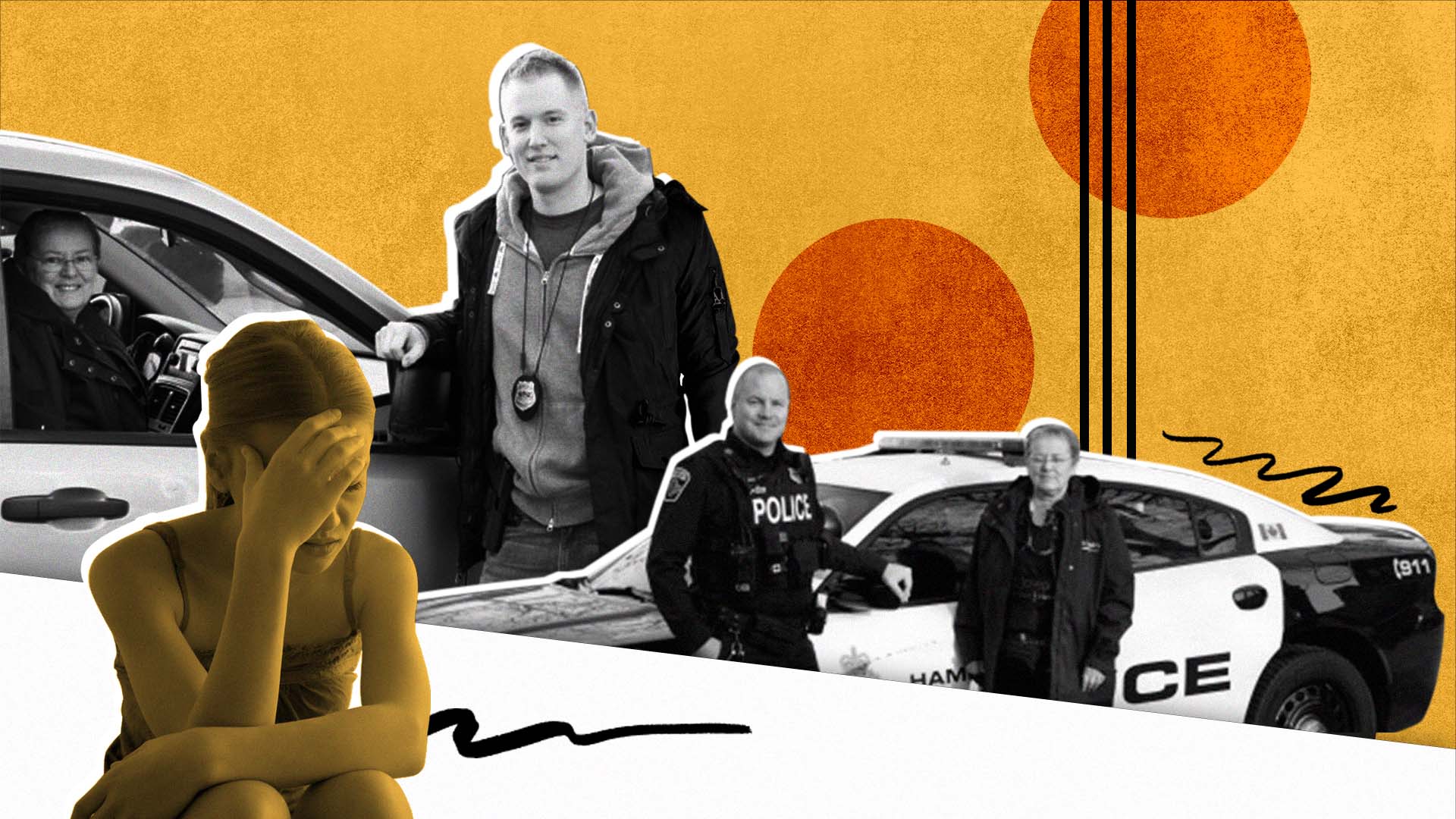Who should be in charge of addressing the problems of mental health? Surely, the first answer most people think of is that it is a task for professionals such as psychologists or psychiatrists. Who bears the responsibility for homeless people? Social workers is what immediately comes to mind. And who takes care of those who have problematic consumption? Again, the most logical thing is to think of professionals specialized in these issues. It is believed that the Police is not the institution that should resolve these cases. But, paradoxically, many times those who go through these situations call 911 for help.
How can the Police adapt to this challenge? How can you effectively meet the needs of a population that demands it when, in reality, it is not the subject in which you specialize?
One possible answer comes from the example of Hamilton, a city in the province of Ontario, Canada, which has just over 550,000 inhabitants and which, for a quarter of a century, has become a national and world benchmark on the subject.
“The key is partnering with the community,” sums up Pete Wiesner, supervisor of the Hamilton Police Crisis Response Branch. This sector develops three programs that involve police officers, but also include joint work with other entities, such as hospitals and social services.
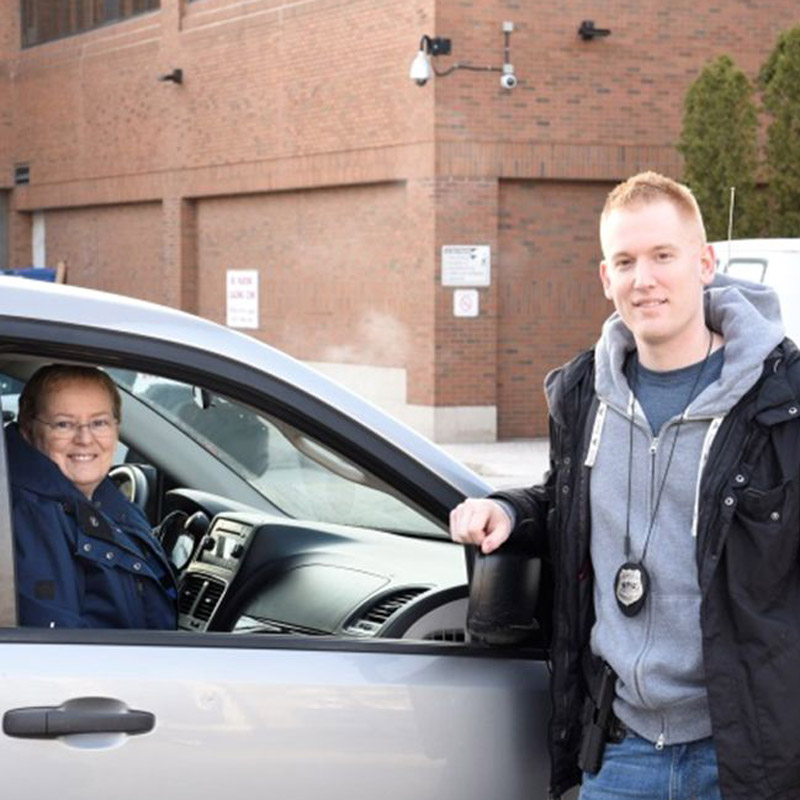
Three programs crossed by the same philosophy
In 1997, a schizophrenic woman murdered Zachary Antidormi, a 2 and a half year old boy who was her neighbor, and in whom she believed that her son had reincarnated. Zachary's mother and father had repeatedly warned about the pathological behavior of her neighbor, but on those occasions the police did not intervene. Seven months after Zachary's crime, the City Police launched the COAST Program, an acronym for Crisis Outreach and Support Team.
According to Wiesner, it was the first program of its kind in North America.
COAST, which is still in force almost a quarter of a century later, consists of responding to serious mental health crises that do not imply an urgent risk. Those who call the specific telephone line of the program (or those who are referred from 911) are attended by a mental health professional from Saint Josephs, the psychiatric hospital in Hamilton with which the Police works in conjunction. The professional questions the person about his situation, his concerns and possible imminent risks. "It could be the case of an older lady who has dementia, who calls and says: 'I think they want to kill me,'" exemplifies Wiesner.
After the telephone intervention, if it is necessary to provide support in the place, the person who called is visited by a couple. The duo is made up of a mental health worker and a police officer. Neither of them have uniforms and they go in a car that is not identified as belonging to the Police. The couple checks how that person in crisis is doing, if she is taking her medication, who she is with, and seeks to help her through the assistance of different community services (including her family). If necessary, her hospitalization is resolved. The COAST Program receives about 34,000 calls annually.
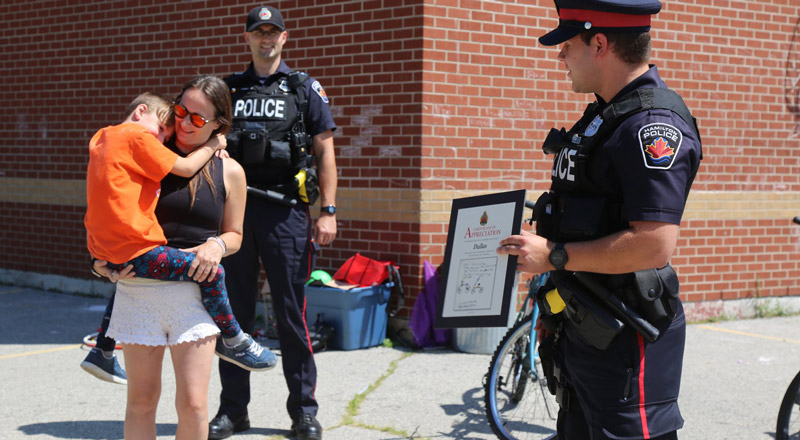
Another ongoing project is called MCRRT, an acronym for Mobile Crisis Rapid Response Team. This program, launched in 2014, has similarities to COAST: it also works in partnership with Saint Joseph Hospital and also consists of visits by a couple, made up of a Police officer and a mental health professional, to someone who is going through a crisis in this area.
However, these are immediate responses to situations that are perceived as a threat to the integrity of some person. Suicide or homicide attempts are the most common cases. The callers cannot require this intervention, but from 911 this team is referred, which today has four couples in charge of face-to-face meetings.
Wiesner highlights something from the show: The local hospitalization rate of people experiencing a mental health crisis is currently around 20% (it has risen to 12%) when the average number of psychiatric hospitalizations carried out practice by uniformed police in Canada is around 75%.
The area supervisor explains that this is due to an approach that not only includes mental health workers but also training that the police receive, in which they are given tools so that they can help those who are in crisis. from community resources, without the need to go directly to a hospital. “This means more people are being directed to more efficient places to help them,” says Wiesner.
The third program in terms of scope and complexity is called Social Navigator (social navigator), with which the Hamilton Police seeks to address what Wiesner calls "the triangle of marginality", composed of mental health problems, addiction to drugs and the street situation, which he points out as the basis of the conflict. “A homeless person is 87% more likely to deal with mental health or addiction issues than someone who is homeless,” Wiesner says.
The project began in 2011. Last year it served 908 people in vulnerable situations. The model is the same as in the other programs: associate. But on a larger scale.
“Put all the pieces together”
The Social Navigator Program, the only one of its kind in Canada, brings together paramedics, social workers and coordinators who go into communities to help, in Wiesner's words, "people who don't know how to navigate the problem."
“What we do is put all the pieces together to help these marginalized people”, summarizes the supervisor. Thus, it seeks to improve the quality of life of this population through the resources that are available today, through different agencies and social and medical services to which these men and women do not know how to reach.
“We must reform the way we deal with crises. And for this we need to converge the 'silos': that is, that all the agencies of the community work together to gain efficiency”, says Wiesner.
Then, the team of this program goes in search of the person with a need and contacts the different organizations, state and civil society, of Hamilton (today they work with nine, such as the Paramedics of Hamilton or the Canadian Association of Mental Health."We are not only here to arrest, but we can help with a holistic approach," he sums up.
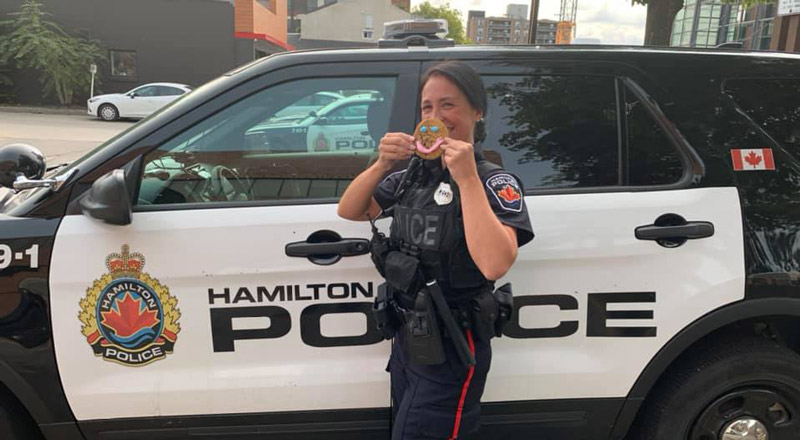
The role of the Police
“We understand that [cases of addiction, mental health or homelessness] are not Police problems…until they call us at 3 in the morning for a situation related to these problems,” analyzes Wiesner, who believes that the role of the institution is a conversation that should take place. "Sometimes we do things just to help and we take on other people's responsibilities," he admits. But she also highlights that the role of the Police is public security and that, for example, a woman living on the street and with drug problems is exposed to an environment of great violence and crime.
In turn, not solving these problems results in a great demand for resources for the Police. In fact, the program arose after two individuals, who faced this type of situation, called the Police services up to 30 times a day.
“I don't have anyone to help me, it's hard to deal with some problems,” Jimmy, a young man living on the streets, told Wiesner one night when the police were making rounds. The next day, today's team supervisor acted in a way that illustrates the program well: he looked for Jimmy in his car and, after sharing a breakfast, he took him to different organizations that could help him get out of his situation: from a place to buy used clothes in good condition, even to the social services office to obtain an income and to a home for homeless people.
Wiesner speaks of “putting everyone at the same table, on the same team”. This group in the Hamilton Police is called by the acronym RIST (for Rapid Intervention and Support Team), and they define it as "a multidisciplinary team that works together to provide the resources needed by the most vulnerable individuals." marginalized from society. His task allows "reaching the right people, in the right place, at the right time."
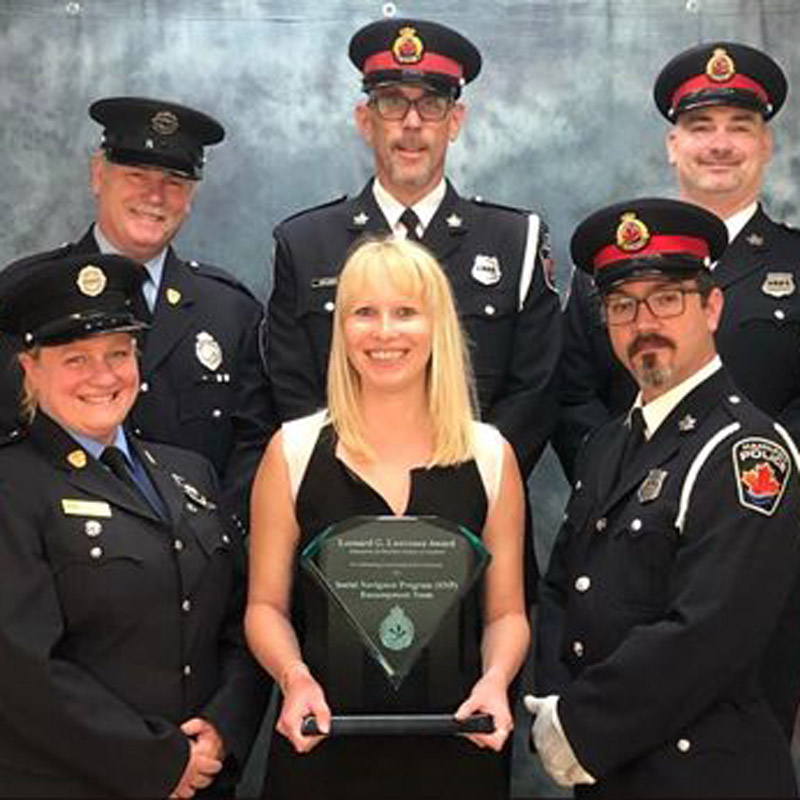
Sure, this team needs to get resources to function. In this framework, the Hamilton Police recently asked the provincial government for subsidies of 9 million dollars for the next three years. Of that amount, 8 million will be used to pay the salaries of workers from the different organizations with which the Police is associated.
As a result of the success of programs such as COAST and the Social Navigator, the Hamilton Police has received contacts from institutions in other cities in the province of Ontario, from other states in Canada and from places as far away as Australia or Ireland. "They're looking to replicate the service," says Wiesner. And the advice they give from Hamilton always revolves around the same thing: partner with other organizations in the local community.
The policeman insists on this when telling the story of Danny, a young man with problems with alcohol and suicidal ideas, whom he met during his tours of the city, when he was sleeping on a bench. She established a very close relationship with him, accompanying him to get out of the situation of homelessness and addiction that he was going through. A couple of years later, Danny is sober, with a place to live and a steady income. Faced with his difficulties, he went to Wiesner whom he turned to for help. The policeman, when he tells the story, does not attribute any special ability but sees himself as a bridge: “He called me simply because I knew the tools necessary to reach the other silos, the different resources that could help him. ”.

***
This note is part of the platform Solutions for Latin America, an alliance between INFOBAE and RED/ACCION, and was originally published Feb 4, 2022.
You can read this content thanks to hundreds of readers who support our human journalism with their monthly support 

